
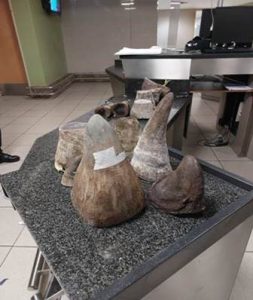

Customs officers of the South African Revenue Service (SARS), in collaboration with other government departments, intercepted the luggage of a female South African passenger at OR Tambo International Airport which contained twelve (12) pieces of rhino horn weighing 30.7 kilograms.
The interception of the rhino horn came after the SARS Customs and other government officials received a tip-off regarding a passenger travelling to Dubai.
The Customs team reacted swiftly and accompanied the female passenger to the Customs area for further Customs inspection. The two luggage bags and a box were inspected by a baggage scanner that identified irregular images suspected to be rhino horn.
This led to a physical inspection of the luggage and box in which twelve (12) pieces of rhino horn, weighing 30.7kg were found. The passenger together with the rhino horn were handed to the South African Police Service after which a criminal case was opened for further investigation.
Between July 2020 and December 2021, a total of 125 pieces of rhino horn, weighing 452 kilograms, were seized at OR Tambo International Airport.
- December 2021: Six (6) pieces of rhino horn, weighing 4kg declared as ‘Personal Effects’, bound for China.
- December 2021: Five (5) pieces of rhino horn, weighing 10kg declared as ‘Scanners’, bound for Malaysia.
- July 2021; Thirty-Two (32) pieces of rhino horn, weighing 160kg declared as ‘Live Plants, bound for Malaysia.
- February 2021: eighteen (18) pieces of rhino horn, weighing 63kg declared as ‘HP Cartridges Developers’, bound for Malaysia.
- December 2020: seventeen (17) pieces of Rhino Horn weighing 72.4kg concealed in a geyser bound for Malaysia.
- September 2020: six (6) pieces, weighing 4.9kg declared as “Coffee Beans”, bound for Malaysia.
- July 2020: forty-one (41) pieces, weighing 137kg declared as “Fine Arts”, bound for Malaysia via Doha.
SARS Commissioner Edward Kieswetter expressed his sincere thanks to Customs officers and their counterparts from South African Police Service for working diligently to curb the smuggling of rhino horn and many related crimes.
He said, “We will leave no stone unturned to detect and prosecute these criminal syndicates and individuals who break the law. SARS and the law enforcement agencies will spare no efforts to ensure they are brought to book.”
For more information, contact SarsMedia@sars.gov.za

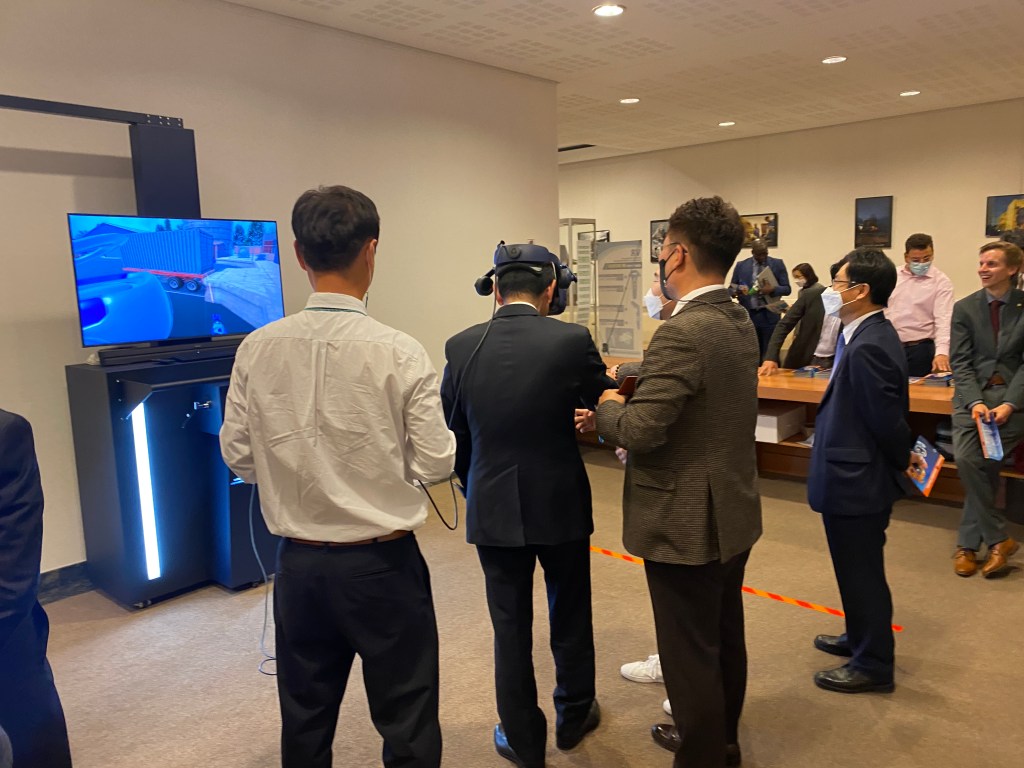
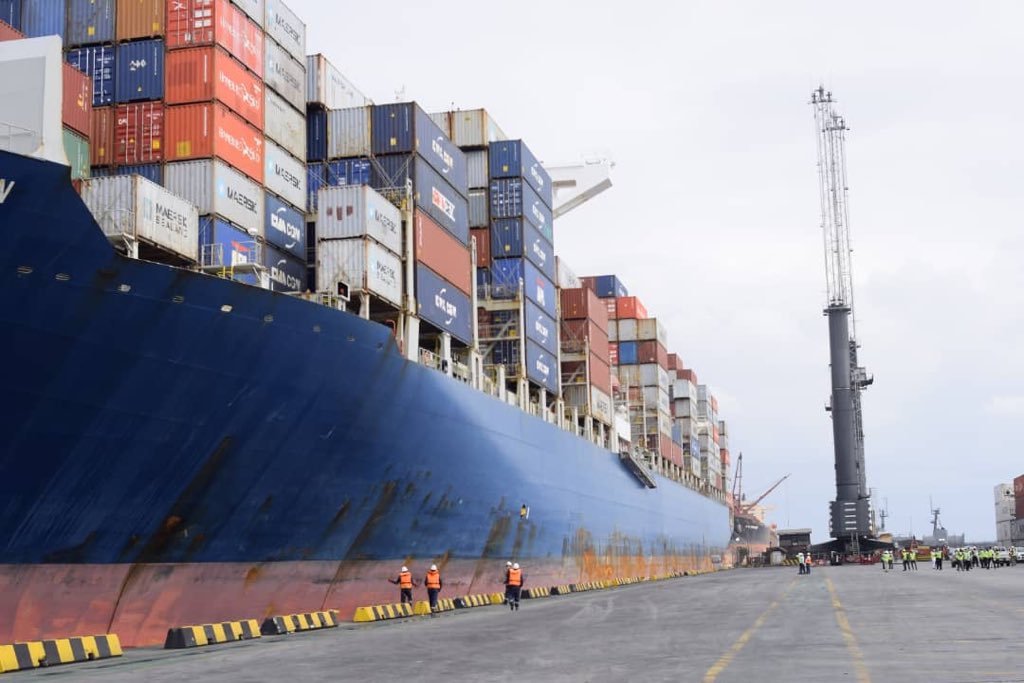

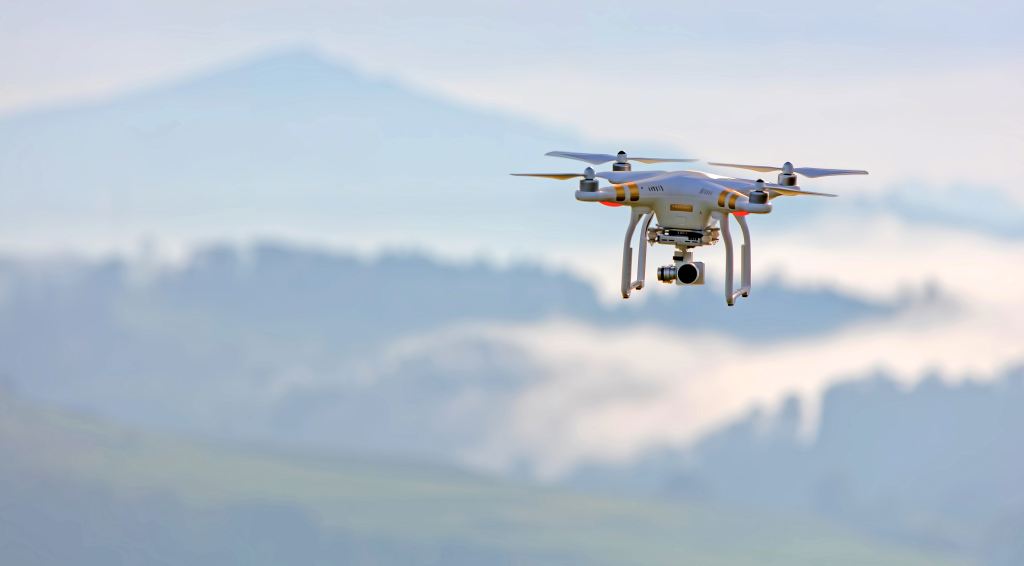



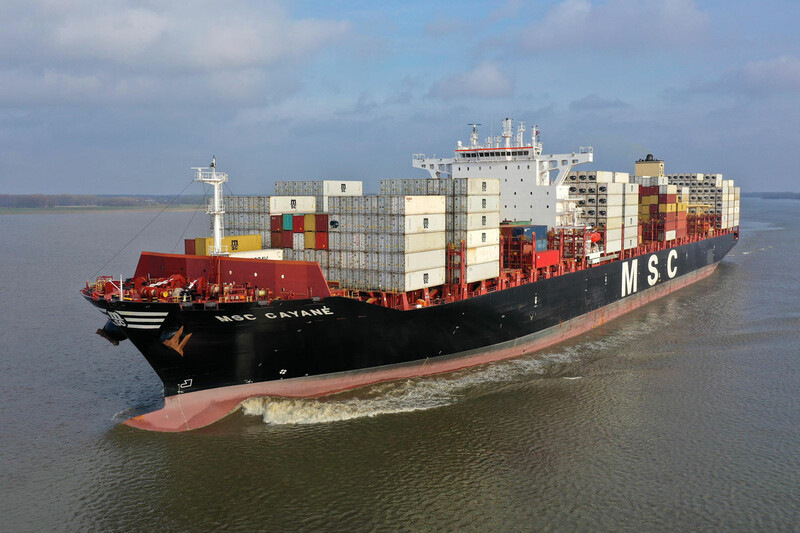
 Customs officers seized 31m counterfeit items at the EU’s borders last year worth more than €580m – with food, toys and cigarettes intercepted most frequently.
Customs officers seized 31m counterfeit items at the EU’s borders last year worth more than €580m – with food, toys and cigarettes intercepted most frequently.
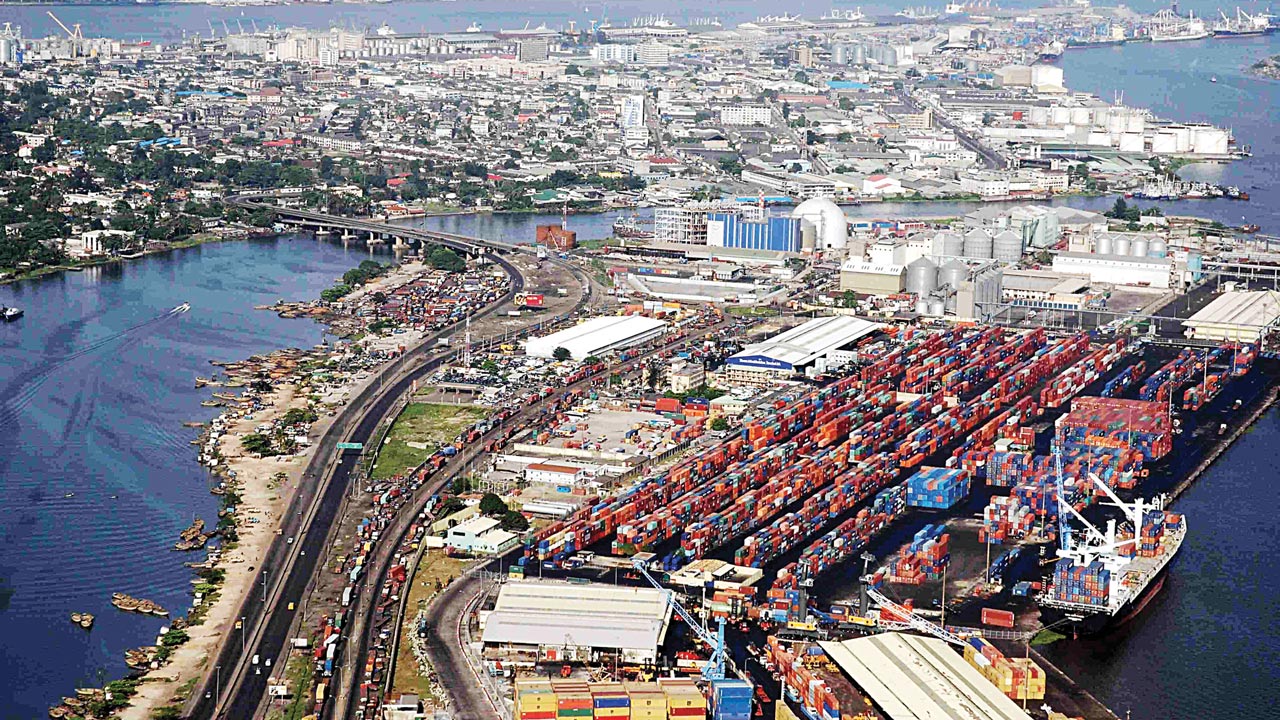
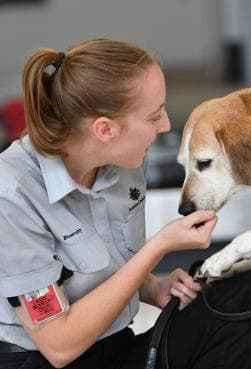 After eight years on the job, Australia’s last mainland beagle sniffer dog is hanging up his lead and heading into well-earned retirement.
After eight years on the job, Australia’s last mainland beagle sniffer dog is hanging up his lead and heading into well-earned retirement. Zimbabwe’s Deputy Finance and Economic Planning Minister Terrence Mukupe has estimated that the country has lost an estimated $20 million in revenue receipts since ZIMRA’s automated Customs processing system (ASYCUDA World) collapsed in the wake of server failure on 18 December 2017.
Zimbabwe’s Deputy Finance and Economic Planning Minister Terrence Mukupe has estimated that the country has lost an estimated $20 million in revenue receipts since ZIMRA’s automated Customs processing system (ASYCUDA World) collapsed in the wake of server failure on 18 December 2017.

You must be logged in to post a comment.